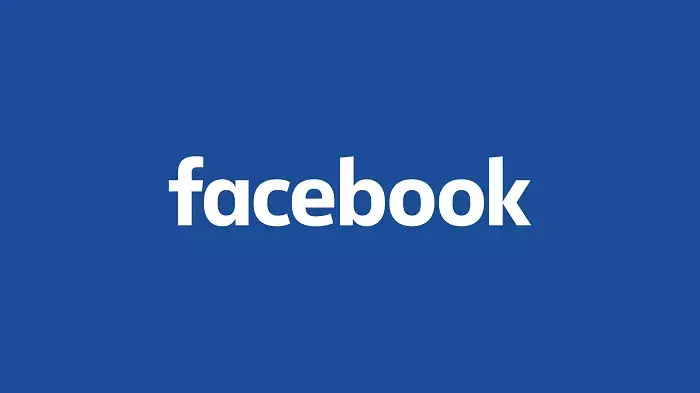In the realm of digital marketing, understanding nuanced platform behaviors can significantly impact campaign effectiveness. One often overlooked aspect is the behavior of Facebook’s video ad looping mechanics, particularly how shorter videos tend to loop more frequently within a given time frame. This phenomenon offers advertisers an overlooked opportunity: leveraging short, punchy video ads to maximize viewer engagement and brand exposure. Rather than viewing video length solely through a creative lens, strategic considerations should include how platform algorithms and autoplay behaviors can turn a small investment into a larger brand presence.
Shorter videos—those under 30 seconds—are inherently more advantageous in this context because Facebook’s looping mechanics do not depend on the number of ad plays but rather on the duration of the video. Meta’s explanation clarifies that videos 30 seconds or less tend to loop approximately three times during a standard 90-second playback window. This means a 16-second video can be looped up to six times within the same period, effectively multiplying exposure without additional ad spend. The implication is profound: a concise message delivered through a brief video can be rebroadcast repeatedly, reinforcing brand messaging without a proportional increase in cost or complexity.
This mechanical advantage becomes even more compelling when considering ad fatigue and viewer annoyance. A shorter ad that loops multiple times might seem intrusive if encountered repeatedly, but strategically, this repetition can embed a brand message more deeply into viewers’ subconscious. Repetition is a classic marketing tool—well understood for its role in brand recall—yet, on Facebook, this is amplified by the platform’s looping algorithm. The more your video loops, the more chances there are for your message to stick, especially if the content is designed with this looping behavior in mind.
The Power and Risks of Repetition
Maximizing exposure through looping isn’t without risks, however. Overexposure can lead to viewer fatigue, weary audiences, or even negative brand associations if the ad’s content is perceived as spammy or overly repetitive. The key is balance—crafting a message that is short enough to benefit from multiple loops but engaging enough to retain attention over repeated viewings.
Furthermore, Facebook’s dynamic adjustments to looping—designed to optimize results—introduce complexity into campaign planning. There can be instances where the number of loops varies, sometimes extending beyond the typical 90 seconds up to 180 seconds, or reducing even further. This unpredictability suggests that advertisers need to set realistic expectations and monitor performance closely. Shorter videos with compelling content tend to perform better in this environment, capitalizing on Facebook’s unique autoplay and loop mechanics to create a more immersive experience.
An intriguing aspect is how these mechanics contrast sharply with Instagram’s approach. On Instagram, videos, regardless of length, tend to loop continuously, providing a different dynamic altogether. This distinction underscores the importance of tailoring video content to each platform’s unique behavior. For Facebook, where autoplay and looping are governed by specific rules, brief videos can be transformed into highly effective tools for repeated exposure. On Instagram, it’s more about creating engaging content that benefits from endless looping, but the mechanics are inherently different.
Implications for Campaign Creativity and Investment
The key takeaway challenges conventional wisdom that longer videos automatically offer better engagement. Instead, it makes a compelling case that shorter, well-crafted videos can punch above their weight by harnessing Facebook’s looping mechanics. This approach can be particularly effective for brand awareness campaigns, where repeated exposure to a clear, memorable message is more valuable than lengthy storytelling.
Smart marketers will view this as an opportunity to rethink asset creation—focusing on concise messages that can be repeatedly looped to dominate a viewer’s subconscious. As these short videos cycle through multiple loops, they reinforce key branding elements, increase recall, and maintain a presence within the audience’s feed without additional costs. However, this must be matched with creative content that remains fresh and engaging, avoiding the risk of annoyance or ad fatigue.
It’s also worth noting that Facebook’s algorithms sometimes shift the number of loops dynamically for optimized results—meaning the real-world benefits of shorter videos depend on sophisticated campaign management. A deep understanding of these mechanics allows advertisers to strategically allocate resources, produce cost-effective content, and capitalize on the platform’s design to maximize impact.
For those willing to embrace this less conventional approach, shorter Facebook video ads present a hidden opportunity—one that, if used wisely, can amplify brand memorability and engagement in a competitive digital landscape.


Leave a Reply